




Disclaimer: Copyright infringement not intended.
The Union Minister of India has emphasized the need for increased international cooperation in technology transfer and sustainable development to strengthen global resilience against disasters.
The Sendai Framework for Disaster Risk Reduction 2015-2030 (Sendai Framework) was the first major agreement of the post-2015 development agenda and provides Member States with concrete actions to protect development gains from the risk of disaster.
Aspect |
Details |
Objective |
Substantial reduction of disaster risk and losses in lives, livelihoods, health, and economic, physical, social, cultural, and environmental assets of individuals, businesses, communities, and countries. |
Primary Responsibility |
The State has the primary role in reducing disaster risk, with shared responsibility among local governments, private sector, and other stakeholders. |
Four Priorities |
|
Targets |
|
Hazard Coverage |
Covers both natural and technological hazards (e.g., chemical, industrial, radiological, nuclear, biological), an expansion from the Hyogo Framework for Action. |
Complementary Frameworks |
|
Implementation Support |
The United Nations Office for Disaster Risk Reduction (UNDRR) is responsible for supporting the implementation, follow-up, and review of the Sendai Framework. |
Recently during the G-20 Disaster Risk Reduction Working Group ministerial meeting in Belem, Brazil India endorsed the Sendai Framework. This devotion stems from the understanding that natural calamities are becoming more and more frequent and severe because of such aspects as climate change, etc. Through affiliating with the Sendai Framework, India wishes to raise its resilience to disasters as well as upgrade its disaster response policies.

Aspect |
Hyogo Framework for Action (HFA) |
Sendai Framework for Disaster Risk Reduction |
Adoption Year |
2005 |
2015 |
Duration |
2005-2015 (10 years) |
2015-2030 (15 years) |
Primary Goal |
To build resilience of nations and communities to disasters. |
To substantially reduce disaster risk and losses in lives, livelihoods, and health. |
Scope |
Focused mainly on natural hazards. |
Expanded scope to include human-made and technological hazards as well. |
Priority Areas |
1. Ensure that disaster risk reduction (DRR) is a national and local priority. 2. Identify, assess, and monitor disaster risks and enhance early warning. 3. Use knowledge, innovation, and education to build a culture of safety. 4. Reduce the underlying risk factors. 5. Strengthen disaster preparedness for effective response. |
1. Understanding disaster risk. 2. Strengthening disaster risk governance to manage disaster risk. 3. Investing in disaster risk reduction for resilience. 4. Enhancing disaster preparedness for effective response and “Build Back Better.” |
Focus on Vulnerability Reduction |
Implicit focus on reducing vulnerabilities but less emphasis on empowerment. |
Emphasis on addressing vulnerabilities and resilience-building at all levels. |
Risk Management Approach |
Emphasis on preparedness and response. |
Proactive risk management, with emphasis on risk reduction and resilience. |
Monitoring and Accountability |
Limited monitoring, with no clear accountability mechanisms. |
Detailed indicators and monitoring, with accountability to countries and stakeholders. |
Role of Local Authorities |
Recognized, but focus remained on national governments. |
Stronger emphasis on local action and community engagement. |
"Build Back Better" Concept |
Concept was not explicitly highlighted. |
"Build Back Better" introduced as a key principle in recovery, rehabilitation, and reconstruction. |
Climate Change Integration |
Limited mention of climate change adaptation. |
Strong integration with climate change adaptation and sustainable development. |
Sustainable Development Link |
Implicit link to sustainable development. |
Clear linkage with the Sustainable Development Goals (SDGs). |
International Cooperation |
Emphasis on international cooperation for funding and technical support. |
Broader call for global partnerships and support, including private sector involvement. |
Implementation by Countries |
Encouraged national strategies for DRR. |
Mandates national strategies for DRR by 2020. |
Source : HINDU
|
PRACTICE QUESTION Q.Discuss the key objectives and priorities of the Sendai Framework for Disaster Risk Reduction (2015-2030). Evaluate its significance in enhancing resilience against both natural and technological hazards in the context of global and national disaster management strategies. (250 words) |
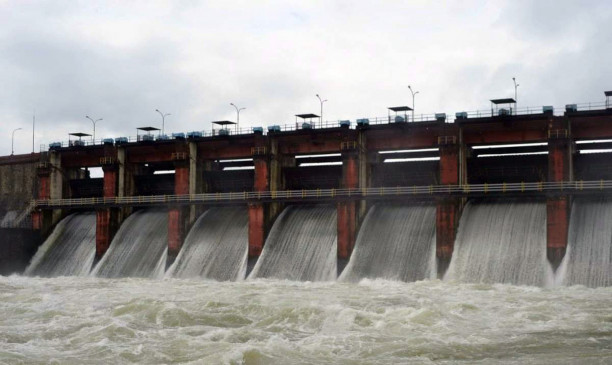

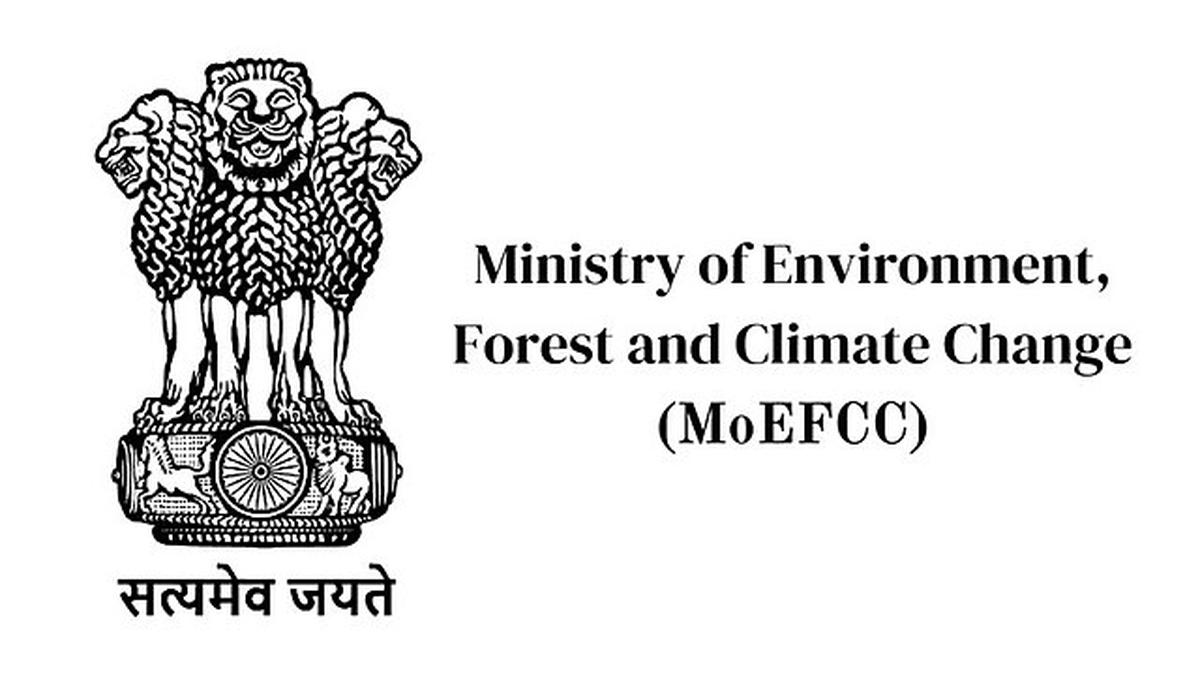

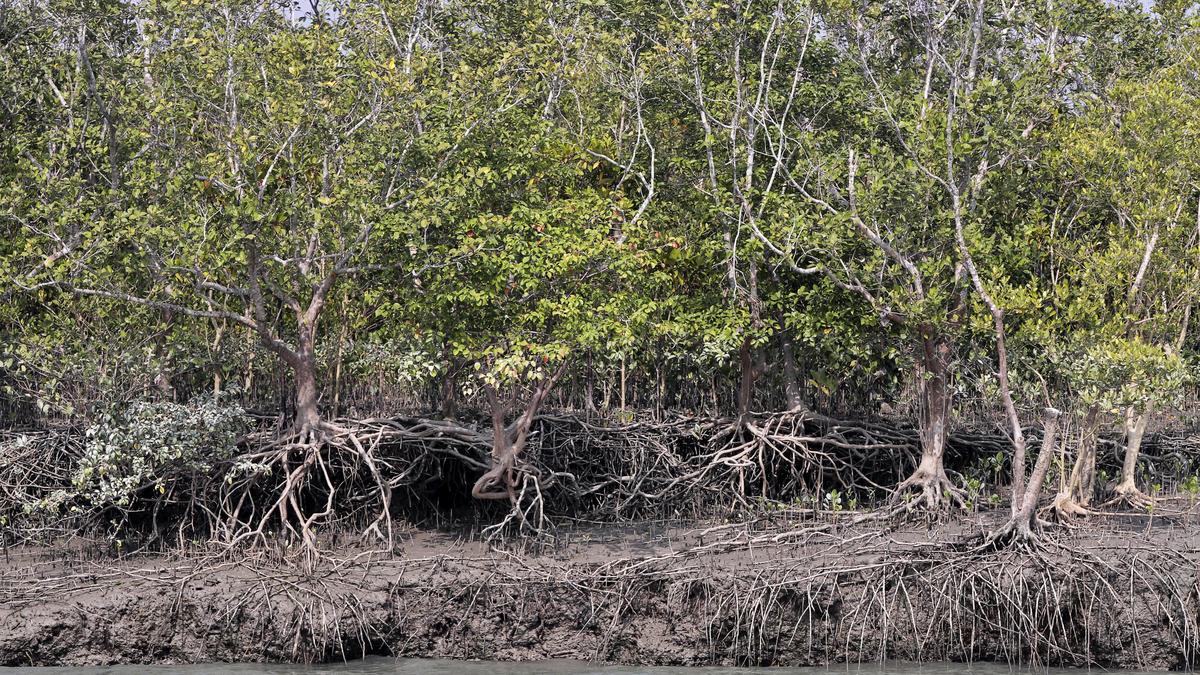


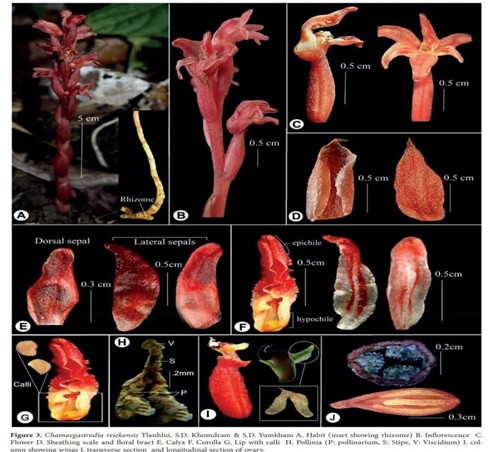
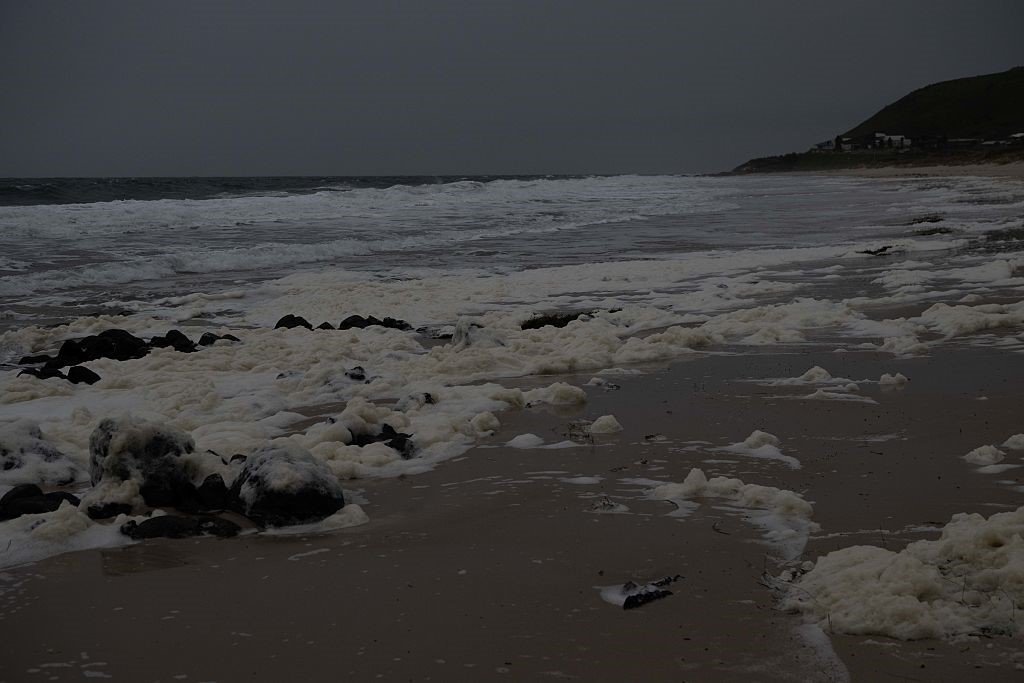


© 2025 iasgyan. All right reserved